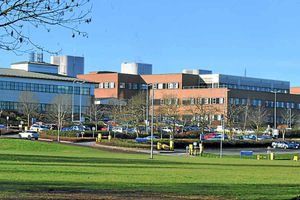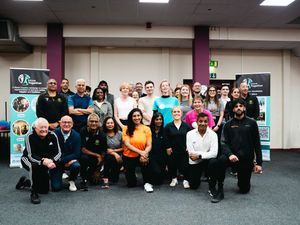Staffordshire A&E waiting times increase again due to 'severe and sustained' NHS pressures
More than 30 per cent of patients had to wait over four hours to be treated in A&E last month, latest figures for a Staffordshire hospitals trust reveal.

The shocking statistics were revealed by the University Hospitals North Midlands Trust (UHNM), which runs County Hospital in Stafford.
The trust was ranked third worst in the country in December when figures showed 71 per cent of A&E patients were treated within four hours.
But the January figures show it was 69.1 per cent – the national NHS target is 95.
The latest figure means 31.9 per cent of patients spent more than four hours in the emergency departments which have faced ongoing winter pressures.
Impact
Louise Nixon from Support Stafford Hospital said: “The figures are because they are short staffed due to the fact people people are taking early retirement or leaving.
"Nurses are under staffed and over worked. It has a massive impact on patients.
“Jeremy Hunt promised us a return of 24/7 A&E at the run up to the election. Where is that?”
The UHNM says its hospitals are seeing a ‘substantial increase’ in A&E admissions over the winter . More patients have also had to wait in A&E for longer than 12 hours – due to the increase in patients at County and Royal Stoke University Hospitals.
Increase
A trust spokesman said: “The health system in the North Midlands continues to be under severe and sustained pressure, with the last month being exceptionally busy.
“We are continuing to see a substantial increase in the number of admissions from A&E into wards at UHNM and since November there have been over 750 patients admitted to UHNM who have influenza.
“The increase in patients, along with the acuity of those seen and the numbers waiting in the hospital longer than a week to be discharged, is having a clear impact on our ability to treat new arrivals to A&E quickly.
“We have worked closely with our partners throughout the winter period to ensure the additional capacity became available and this has helped increase the numbers and timeliness of people being discharged.
“We are already seeing improved performance in February and will continue to work together to eradicate 12 hour waits.”





